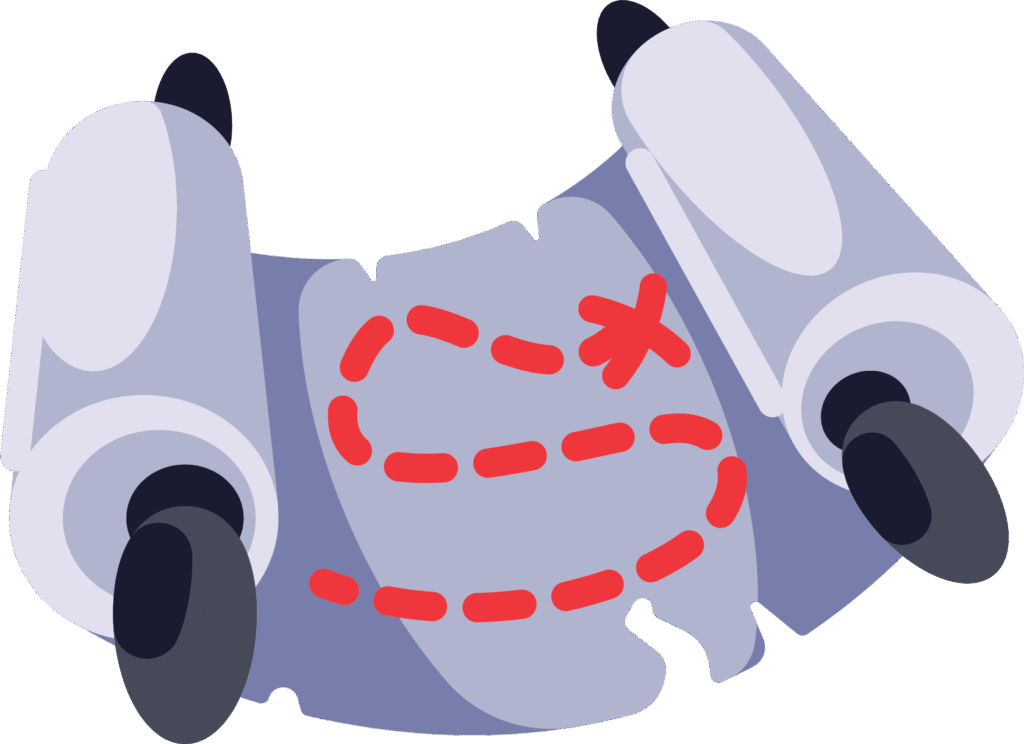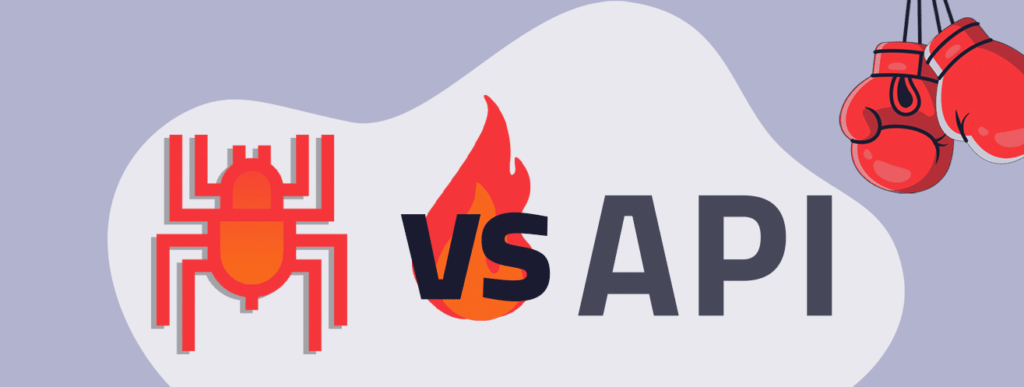There’s more than one way to skin a cat; that’s the saying. Truth be told, as far as idioms go, it isn’t one of my favorites. I mean, who actually skins cats these days (which, by the way, is a terrible idea)? As uncouth as the idiom may sound, it is often used, rather ineloquently, to convey that there’s more than one way to get things done, and this couldn’t be truer than when it comes to indexing a website.
When it comes to indexing your website, there are two ways to go about it, crawling and API-based indexing. To many, it can be tough to determine which of the two would be the best approach. But fear not, dear reader, I’m here to help you make sense of the confounding corundum that is Crawling vs API indexing. So sit back, relax, grab a cuppa (or a glass of wine, I won’t judge), and let’s figure out which method is the purr-fect (see what I did there?) solution for your website.
Introduction To Website Indexing
Before we get into the nitty-gritty, let’s cover a few basics. For starters, what the heck is an index, and why is it so important for your website?

OK, Let’s say you walk into your local library, march up to the librarian’s desk, and ask to borrow “Old Possum’s Book of Practical Cats”( An elucidating compilation of poetry by T.S Eliot on the rather vexing and elusive topic of feline psychology and sociology. A highly recommended read). The librarian, after taking a few moments to menacingly stare you down from the top of her horned rim glasses, turns to the all-mighty library catalog ( it used to be a book back in the day, but now things have gone digital) that has all the books organized (for those looking for extra credit, most libraries use the Library of Congress Classification System (LC) or the Dewey Decimal Classification System to organize their books.) and listed in a simple way that helps librarian check the book’s location, availability, and level of access to it that can be granted.
Your Websites index is pretty much the equivalent of a library catalog in the sense that it is a cohesive list of all the relevant and important content, its availability, and location (i.e., address) on your server. It allows a search to understand the content of your site, which makes it easier for users to find relevant information.

An index acts as a map of a website’s pages and the keywords associated with them. A search engine uses this information to determine a page’s relevance to a particular search query and then ranks the page accordingly in its search results.
Having a well-organized index also helps search engines understand a site’s structure and how its pages are related to each other. This can improve the site’s visibility as a whole and help provide a better user experience.
Without an index to your site, users would have to search through all of its content frustratingly.
To paraphrase Yoda, “Frustration is the path to user abandonment. Frustration leads to disappointment. Disappointment leads to anger. Anger leads to high bounce rates.
OK, let’s do a quick recap before we move on. Website index = better user experience = happy user.
Now you’re ready for the meat and bones… let’s march on.
There are two main ways to index a website: API indexing and crawler-based indexing. Both have advantages and disadvantages, and it’s important to understand the difference and which method is best for your needs.
What Is API Indexing?
API indexing is a method of indexing a website by using an application programming interface or API. An API is a set of instructions that allow two programs to communicate with each other. For example, if you have a website with a search feature, you can use an API to connect the search feature to a search engine’s database.

Advantages And Disadvantages Of API Indexing
API indexing offers many advantages, including efficiency and accuracy. The API can be set up to send updates to the search engine’s database regularly so the search engine always has the most up-to-date information. With API indexing, you are in absolute control of what gets indexed, meaning you can dictate what gets indexed and what doesn’t.
The downside of API indexing is that you have absolute control of what gets indexed. With API indexing, there is always the prospect of human error, not to mention that it requires a lot of technical knowledge. Setting up an API can be a complicated process and requires a good understanding of how APIs work. APIs can be expensive, as they often require a subscription or payment. Additionally, API indexing can be slow if the website has a lot of content, as the API has to process a lot of data.

What Is Crawler-Based Indexing?
Crawler-based indexing is a method of indexing a website by using a web crawler, or “spider”. A web crawler is a program that visits web pages, reads the content, and adds it to a search engine’s database. The crawler visits all the pages on the website and then adds the content to the search engine’s database.
Advantages And Disadvantages Of Crawler-Based Indexing
The advantage of crawler-based indexing is that it is relatively easy to set up. All you need is a web crawler program, and you can start indexing your website right away. Since the entire process is automated, once it’s set up, you can permanently chalk off website indexing from your to-do list.
The downside of crawler-based indexing is that it can take some time. The crawler has to visit each page on the website and read the content, which can take a long time if the website has a lot of pages. Additionally, the crawler may not detect changes or new content on the website, so the search engine’s database may not always be up-to-date.
Having said that, though, more advanced site search solutions offer crawlers that can crawl your content regularly and update your search in real time.
Which Indexing Method is Right for Your Site Search?
The right indexing method for your site search depends on your needs and budget. If you have a small website with limited content, API indexing may be the best option. It’s fast and accurate, and it doesn’t require a lot of technical knowledge.
If you have a large website with a lot of content, crawler-based indexing may be the better option. It’s easy to set up and free, and the crawler can visit all the pages on the website quickly. Additionally, the crawler can detect changes or new content on the website, so the search engine’s database is always up-to-date.
Tips For Choosing The Right Indexing Method
When it comes to indexing the content on your website, it’s important to choose the right method to ensure that your site search is providing the best results to your users. Here are some tips to help you choose the right indexing method for your website:
- Understand the structure of your website: If your website has a large amount of content that you want to make searchable, crawler indexing may be the best option. However, if you only want to make a specific subset of your content searchable, API indexing may be a better choice.
- Think about the accessibility of your content: If your website has restricted or private pages, crawler indexing may not be able to index those pages, which will affect the completeness of your search results. API indexing can provide more control over what is indexed.
- Evaluate your technical capabilities: API indexing is more complex to implement compared to crawler-based indexing, so it’s important to evaluate your technical capabilities and resources before choosing this method.
- Search functionality: Think about the type of search functionality you need for your website and whether the indexing method you choose can deliver the desired results.
- Search query complexity: Consider the complexity of your users’ search queries and whether the indexing method you choose can efficiently handle them.
- Customization: If you need to customize your search results in a specific way, consider whether the indexing method you choose allows for the level of customization you require.
- Analytics: If you need to gather search analytics and insights, consider whether the indexing method you choose provides the data you need to make informed decisions.
- Access to external data: API indexing can be useful if you want to include data from external sources in your search results.
- Scalability: If you expect your website to grow significantly in the future, it’s important to choose an indexing method that will scale with you. Consider the scalability of the indexing method you choose to ensure that your site search continues to perform well.
- Cost: The cost of indexing can vary depending on the method you choose. Consider your budget when choosing between crawler and API indexing.
- Support: Consider the level of support available for the indexing method you choose. This can be important if you encounter any technical difficulties down the line.
- Integration: Consider how easy it will be to integrate the indexing method you choose with your website and other tools you may be using.
- Compatibility: Crawler indexing is often compatible with a wider range of website platforms and technologies, making it a good choice if you want to avoid compatibility issues.
- Mobile compatibility: If a significant portion of your traffic comes from mobile devices, consider whether the indexing method you choose is compatible with them and delivers a good user experience.
- Security: Consider the security implications of the indexing method you choose. For example, API indexing may require authentication to access the data, which can add an extra layer of security to your search results.
How To Monitor Your Indexing Progress
Once you’ve chosen an indexing method, it’s important to monitor your progress. You can use tools such as your website’s search analytics to track how users are searching, finding, and engaging with your website’s content. This will help you ensure that your indexing efforts are paying off.
Best Practices For Indexing
No matter which indexing method you choose, there are some best practices you should follow. First, make sure the content on your website is accurate and up-to-date. This will help the search engine find the most relevant results for users. Additionally, make sure your website is using proper SEO techniques, such as keywords and meta descriptions. This will help the search engine understand the content on your website better and display the most relevant results.
Also Read:
What is search indexing, and how does it work? With examples
Conclusion
Well, folks, it’s been a wild ride, but it’s time to bring this post to a close. Choosing the right indexing method is like finding the missing puzzle piece to your website’s success. Whether you prefer to take the hands-on approach with manual indexing or let the robots do the heavy lifting with automated indexing, the important thing is to figure out what works best for you. Don’t be afraid to try a few options before settling on the purr-fect (too much?) fit. Happy indexing, my friends!
Also, people, can we stop conjuring images of skinned cats on unsuspecting minds? Perhaps we could say something a bit less visually disquieting and more in keeping with this digital era: ” There’s more than one way to index your website.” What do you think?


